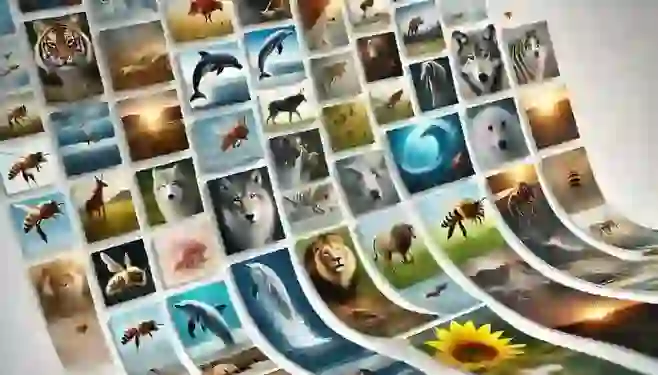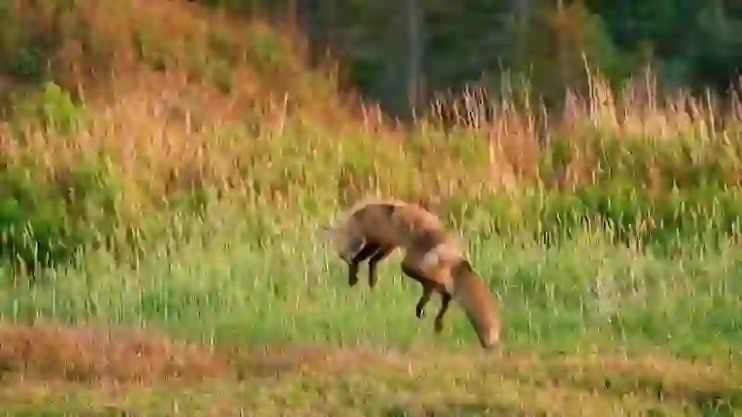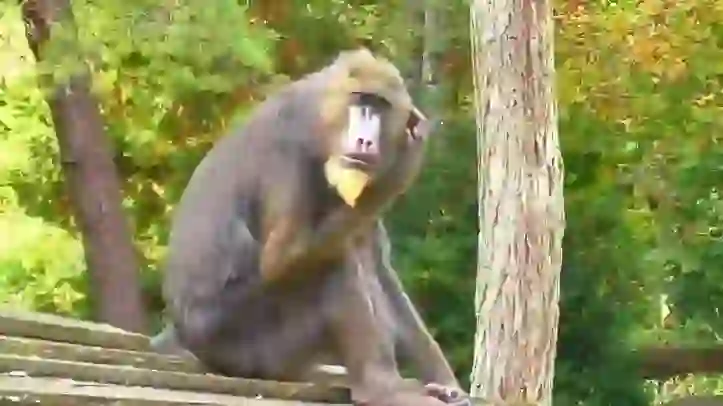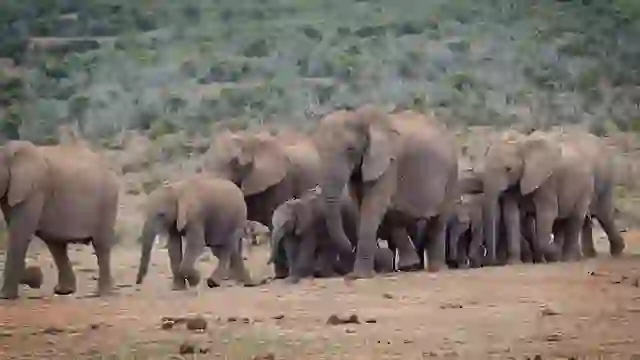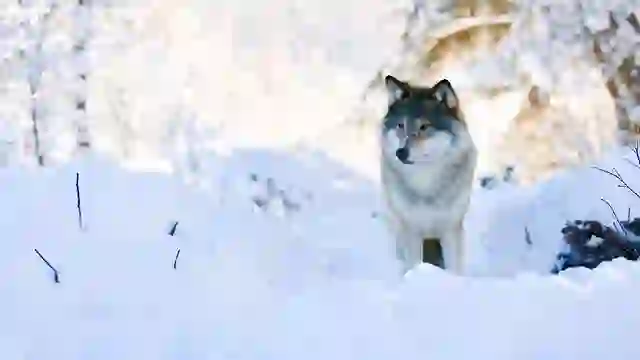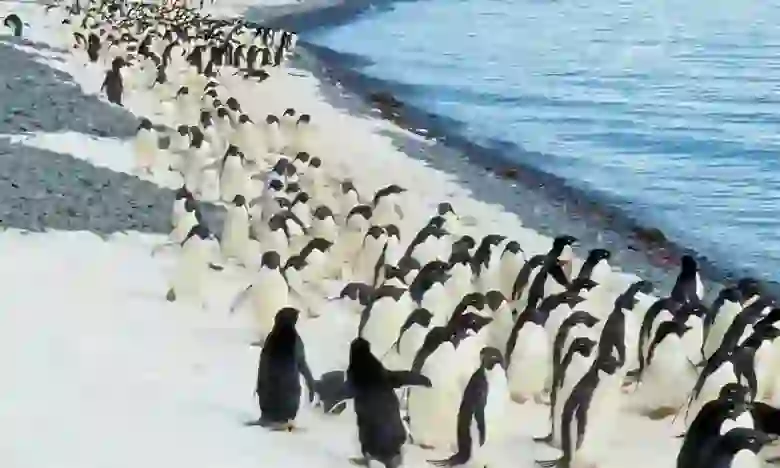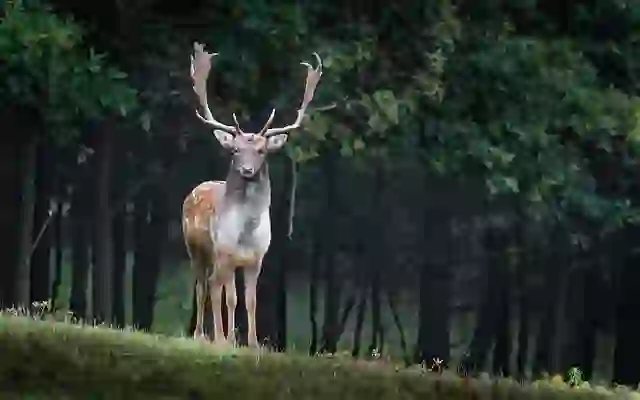
Northwestern Wolf
Northwestern Wolf
Northwestern Wolf
In the northwestern region of North America, where vast landscapes unfold, lives the northwestern wolf. These wolves, known for their powerful physique and exceptional hunting skills, reign at the top of the ecosystem. Let's explore the ecology of the northwestern wolf, their environment, and their relationship with humans.
Northwestern Wolf Basic Infomation
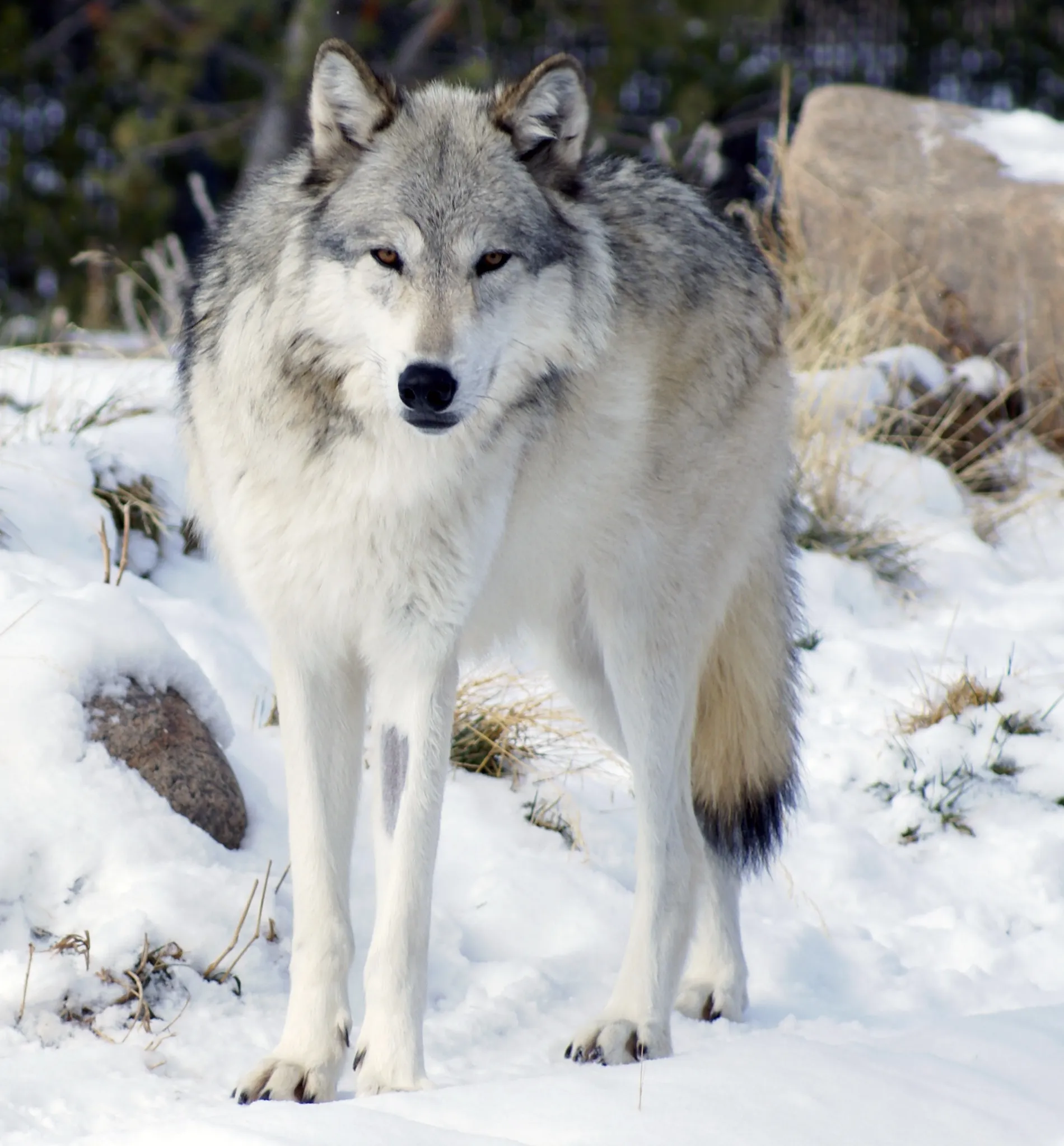
| Property | Value |
|---|---|
| Scientific Name | Canis lupus occidentalis |
| Taxonomic Status | ACCEPTED |
| Rank | SUBSPECIES |
| Kingdom | Animalia |
| Phylum | Chordata |
| Class | Mammalia |
| Order | Carnivora |
| Family | Canidae |
| Genus | Canis |
| Habitats | Northwestern North America, Alaska, Western Canada, forests, mountains, tundra |
| Conservation Status | Least Concern |
| Species | Canis lupus |
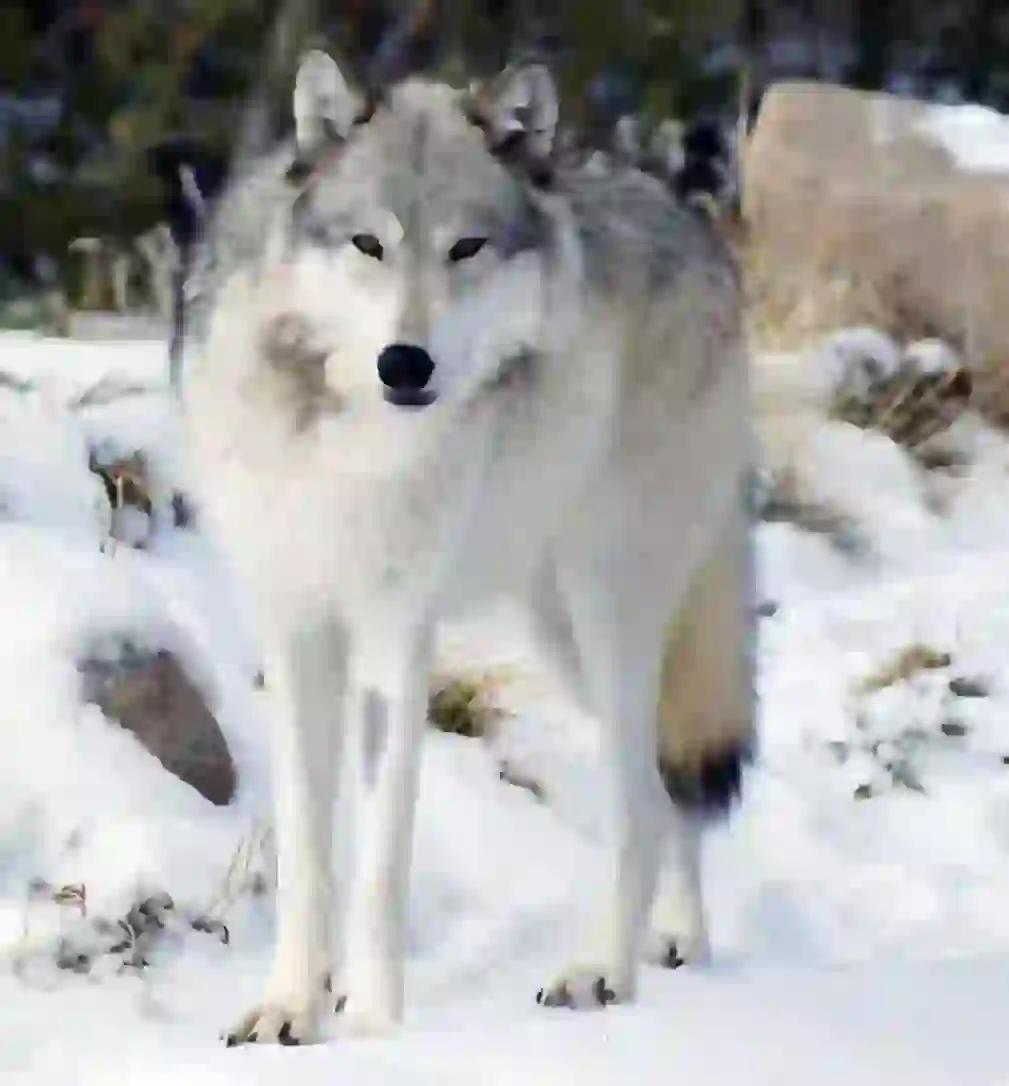
Size
They measure about 5 to 6.5 feet (1.5 to 2 meters) in length (including tail), and stand about 30 to 36 inches (75 to 90 centimeters) tall at the shoulder. They weigh around 99 to 176 pounds (45 to 80 kilograms). They are one of the larger wolf subspecies. Females are typically smaller than males.

Lifespan
They live for about 6 to 8 years in the wild, and can live for over 10 years in captivity.

Distribution
They are widely distributed in northwestern North America, including Alaska, western Canada, and the northwestern United States. They are adaptable to a variety of environments, including forests, mountains, and tundra.
Northwestern Wolf Q&A

What kind of wolf is the northwestern wolf?
The northwestern wolf is a subspecies of the gray wolf, native to northwestern North America.
They have a variety of coat colors, including gray, black, and white. Their fur becomes thicker, longer, and paler in the winter. This adaptation helps them blend in with snowy environments. They are adapted to life in the rugged mountains, forests, and grasslands of the Rocky Mountains. They live in packs and cooperatively hunt large mammals such as deer and elk. The northwestern wolf was once widely distributed throughout northwestern North America, but by the early 20th century, they were on the verge of extinction in some areas due to overhunting.

What do northwestern wolves eat?
Northwestern wolves are carnivores and primarily prey on elk, deer, moose, bighorn sheep, and Dall sheep.
Their ability to hunt in packs enables them to take down prey much larger than themselves. They also eat rabbits, rodents, birds, and occasionally fruits and berries. In the winter, when food is scarce, they may scavenge on carrion.

[Quiz!] Why did the northwestern wolf population decline?
The decline of the northwestern wolf was mainly due to human activities.
In the late 19th and early 20th centuries, as the American West expanded, many settlers moved into the Rocky Mountain region. They established ranches and farms and began grazing livestock. Northwestern wolves were then targeted and eradicated as pests for preying on livestock. The government offered bounties for killing wolves. Furthermore, their forest habitat was logged for timber, leading to habitat loss. These combined factors led to their near-extinction in the continental United States by the 1930s.

[Quiz!] How did the northwestern wolf make a comeback?
In 1995, the U.S. Fish and Wildlife Service reintroduced wolves captured in Canada into Yellowstone National Park and central Idaho.
The wolves reintroduced were closely related to the northwestern wolf. This reintroduction program has been successful, and the wolf population is increasing, with a recovery of the ecosystem as well. In Yellowstone National Park, the reintroduction of wolves has helped to control the elk population, which had been overgrazing, leading to the recovery of vegetation and an increase in the population of animals like beavers. Wolves have also reduced coyote populations, resulting in an increase in the population of smaller mammals like rabbits and mice. This demonstrates the crucial role wolves play in maintaining a balanced ecosystem. The reintroduction of wolves in Yellowstone National Park is considered a success story for conservation efforts, and it holds promise for the recovery of the northwestern wolf in other areas.

[Quiz!] Can northwestern wolves coexist with humans?
There is potential for northwestern wolves to coexist with humans.
However, for this to be successful, it's crucial that humans understand wolf ecology and maintain an appropriate distance. It is also essential to take steps to minimize the risk of livestock depredation and potential danger to humans. The reintroduction of wolves in various parts of the northwestern United States is a significant step towards exploring whether humans and wolves can coexist.

Would you like to become a part of the 'Animalbook.jp'?
Turn your knowledge into Q&A and share it with the world. ※Publication will be activated after purchase. Let's share information together!
Northwestern Wolf Type of List

Characteristics of Northwestern Wolves
- Subspecies of the gray wolf
- Found in northwestern North America
- Variety of coat colors, including gray, black, and white
- Thick fur
- Large wolves
- Live in packs
- Primarily prey on elk, deer, and moose
- Least Concern (LC) but considered endangered in some areas
Information
Congratulations! You are the first commenter!

Create Your Favorite List!
Northwestern Wolf
Save the animals you love! Build your own list to quickly revisit your favorites later.

Would you like to leave a comment?
※Please note: This is for the purchase of rights to post comments within the article.
Find Your Favorites!
Our shop offers a unique and attractive selection of goods themed around various animals.
Northwestern Wolf References
Northwestern Wolf Introduction of media used

Ellie Attebery, CC BY 2.0, via Wikimedia Commons

MacNulty DR, Tallian A, Stahler DR, Smith DW, CC BY 4.0, via Wikimedia Commons

Help Enrich Our Animalbook.jp with Your Media!
We are constantly looking to expand and enrich our Animalbook.jp with amazing photos and videos of animals. If you have any media that you'd like to share, please contribute and help us showcase the beauty and diversity of the animal kingdom. Your submissions will be credited and featured in our encyclopedia, reaching a wide audience of animal lovers.


